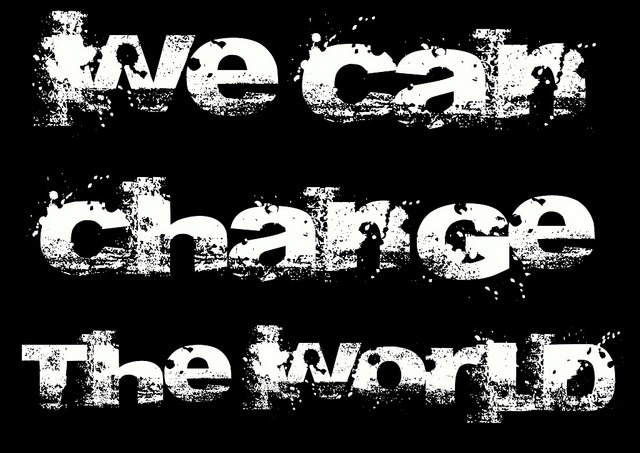
Most people underestimate their ability to make a positive change in the world. They’re overwhelmed by the sheer number of things that need to be done, all the people that need help, and all the worthy causes that exist. However, lots of individuals making small efforts can change the world.
“I am only one,
But still I am one.
I cannot do everything,
But still I can do something;
And because I cannot do everything,
I will not refuse to do the something that I can do.”
– From The Book of Good Cheer : A Little Bundle of Cheery Thoughts (1909) by Edwin Osgood Grover
Begin by asking yourself what small thing you can do right now, where you are, with what you have. If you need some ideas, here are 25 small ways you can help to change the world:
1. Grab a Snack That Gives Back. When you’re hungry and in need of a snack, have a gourmet nut bar called “This Bar Saves Lives”. Each time that you buy one, they donate a life-saving meal to a child who’s starving. Here’s a quote from their web site:
“Every year, severe acute malnutrition claims the lives of 2.6 million children. That’s one child every 12 seconds.”
You can help put an end to that, just by having a snack. Here’s their mantra: “Buy a bar. Feed a child. We eat together.”
2. Give Nut Bars to Homeless People. Keep a few “This Bar Saves Lives” (or any other nut bar that is healthy, filling, and delicious) in your car and hand them out to homeless people.
3. Rescue a Dog From an Animal Shelter. There are many healthy, lovable dogs scheduled for euthanasia in shelters. Instead of buying a dog from a pet store, rescue one from a shelter. You’ll be creating a lifelong bond with a dog that really needs a second chance.
4. Share a Holiday Meal. Anthony Robbins, the famous self-help author, shared during an interview that when he was 11 years old and living in poverty, his family didn’t have food to celebrate Thanksgiving. Then, a stranger brought them groceries.
This had a profound impact on Robbins. He resolved right there and then that one day he would help others, just as this stranger had helped his family. When Robbins became successful he started giving away holiday meals to people in need. Through his foundation, he has given away millions of meals to people across the US.
This holiday season, help those who have less than you do by giving them a holiday meal. It’s likely that they’ll never forget the kindness shown to them by a stranger.
5. Become a Weekday Vegetarian. A what?! A weekday vegetarian. We all know the reasons why we should become vegetarians:
- In order to keep up with the demand for meat products, cows, pigs and chickens are packed like sardines in factory farms where they live tortured existences.
- Being a vegetarian is better for your health. By limiting the amount of meat that you eat you’ll be reducing your likelihood of having heart disease.
- Being a vegetarian is better for the environment. Meat, amazingly, causes more emissions than all of transportation combined.
However, a lot of people may intend to become a vegetarian, someday, but they just can’t get themselves to get to that day in which they eat their last hamburger, pork chops, or some other favorite meat dish. In order to solve this dilemma, Graham Hill came up with the following solution: become a weekday vegetarian.
Being a weekday vegetarian means that from Monday to Friday, you’re a vegetarian. During the weekends, if you want to eat meat, you can.
6. Pack a Care Kit for a Homeless Person. Kylyssa is a woman who was homeless twenty-five years ago. She now creates HubPages, many of them about the experiences she lived through while being homeless. In one of her lenses she tells the story of how finding a $100 bill in a discarded cigarette pack, when she was living out on the street, saved her life. She explains what she bought with the $100 to share with others what the homeless need.
Visit her HubPage and use the information you find there to create a care package for someone who’s homeless: What To Buy If You Are Homeless.
7. Start a Christmas Jar. Find a jar–it can be a pickle jar, a peanut butter jar, a Mason jar, or any other jar you have lying around. That’s your Christmas Jar. At the end of each day, empty out your pockets and place all of your spare change in the jar. The week before Christmas select someone who’s going through a tough time financially to give the jar to anonymously.
8. Pay It Forward. In the movie “Pay It Forward”, a 7th grader named Trevor is given the following assignment by his social studies teacher: “Think of an idea to change our world – and put it into action!” Trevor comes up with the idea of paying it forward: you do a big favor for three different people and tell each of them not to pay you back, but to pay it forward to three other people who, in turn, each pay it forward to three more.
Go ahead and pay it forward to three people who need help, and tell them not to pay you back, but to make a commitment to help three other people when they can.
9. Donate Your Old Bike. Your old bike can provide transportation for low income people in developing countries so that they can get to school or go to work. That is, it can help to take them from poverty to self-sufficiency. Donate your old bike to Bikes For the World.
10. Buy Fair-Trade Goods. Fair trade guarantees farmers a fair price for their products. In addition, it helps to eradicate unethical practices such as slave labor and poor working conditions. The fair trade movement focuses on products that are typically exported from developing countries, such as handicrafts, coffee, chocolate, flowers, tea, bananas, and honey.
11. Show Kindness. It’s simple to show kindness to others:
- Hold the elevator door open for someone hurrying to catch it.
- If the person standing behind you in line at the grocery store only has a few items, let them cut ahead of you.
- Help a handicapped person cross the street safely.
- Give someone an honest compliment.
Kindness has a ripple effect. It’s bound to come back to you.
12. Give the Gift of Life. Place yourself on the organ and tissue donors’ registry in your country. In the US, an average of 18 people die each day waiting for transplants. The problem isn’t that the organs aren’t there; it’s that not enough people are donating them.
13. Live With Less. The web site Consumer Consequences has a quiz you can take that will show you how many earths it would take to support 6.6 billion people if they all followed your lifestyle. Then, when you’re absolutely shocked at the results, visit the site Make Me Sustainable to find ways to reduce your carbon footprint.
14. Pick Up Trash. Pick up trash at a local park. Just walk through the park with a trash bag and pick up any trash you find on the ground. You’ll be beautifying the area around you, not just for your enjoyment, but for the enjoyment of everyone. Invite people that live near you to get involved as well and make it an event.
15. Take a Volunteer Vacation. A great way to make a change in the world is to take a volunteer vacation. On your next vacation, go abroad and help build houses in a rural African community, help save an endangered species from extinction, or teach English to disadvantaged youths in a developing country.
16. Vote with Your Wallet. Every dollar you spend is a vote. Buy from–and invest in–companies that are socially responsible.
17. Teach Your Kids Tolerance. Combat racism and xenophobia by modelling tolerance at home and encouraging your kids to make friends with kids from many different cultures. You can also do the following:
- Read books to your kids with characters from other cultures.
- Introduce your kids to foods from different countries.
- Hang up art from other cultures in your home.
- Play music from different countries to your kids.
18. Join Freecycle. If you haven’t heard of Freecycle, the idea is two-fold: help conserve the environment by reducing waste, and get items you don’t need into the hands of those who do. Join your local Freecycle group–or start one in your community–and then post items you don’t want to the list and wait for people to respond. When they do, arrange for them to pick up the item.
19. Help Stray Cats. Help stray cats survive outdoors by doing things such as the following: setting out bowls of water where they can get to them; giving them tuna; and covering an area from the sun so that they have a shaded spot to cool off in during the warm summer months. In the winter you can help them stay warm by modifying a dog house and insulating it with straw.
20. Send Someone a Happiness Kit. If a friend or family member has been feeling blue lately, send them a happiness kit. Include things such as the following: a joke book; a funny movie; a mug with a smiley face on it; chocolates; confetti; cards with happiness quotes written on them; and so on.
You can also include some of the bestselling books on happiness, such as “Happier” by Tal Ben-Shahar, and “The Happiness Project” by Gretchen Rubin.
21. Do Something for An Elderly Person. Help an elderly neighbor by mowing her lawn, watering her flower bed, or getting her groceries. One way to find out if your elderly neighbor needs help is to just drop by for a casual visit and listen to them. It’s very likely that you’ll pick up on something that they need done. Then, volunteer to do it.
22. Use Crowdsourcing to Give. GlobalGiving is a charity fundraising web site that gives social entrepreneurs and non-profit organizations from anywhere in the world a chance to raise the money that they need to improve their communities. You can look through the site and help fund potentially world-changing projects, or set up your own project and ask others to help you fund it.
23. Leave Something Good Behind. Make it a habit to leave something good behind. Here are some examples:
- If you’re done reading your magazine or newspaper, leave it behind for someone else to read.
- If you buy a soda from the vending machine, leave some spare change behind for the next person to use.
- If you stop by a colleague’s office and they’re not there, leave them a note wishing them a good day.
- When you eat at a restaurant, leave a generous tip; and so on.
24. Loan $25. Kiva allows people to lend money via the Internet to low-income entrepreneurs around the world. For example, you can choose to donate $25 so that Pedro–a farmer in Bolivia–can buy a tractor for his coffee growing business. Once 100 people have each donated $25 to Pedro, he can buy the tractor and make his business grow.
As his business grows, Pedro pays back the loans. That is, you get your $25 back. You can choose to re-donate your $25 through Kiva to someone else who needs a loan, or you can choose to withdraw your money. Here’s a quote from Fiona Ramsey, public relations director at Kiva:
“When a small business is successful, that can really have a life-changing effect for the family of a business owner”.
25. Be There for a Child. Build at least one informal, ongoing, caring, relationship with a child. Listen to them when they need to talk. Be a positive role model.
Conclusion
You don’t need a million dollars to change the world. All you need to do are small things, like those listed above. Live you best life by changing the world.




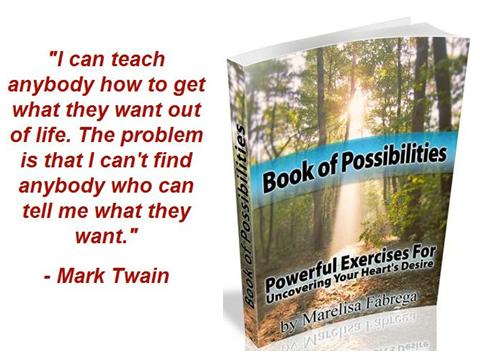











Related Posts:
Did you enjoy this article? Subscribe to “Daring to Live Fully” by RSS or by email, and get free updates.
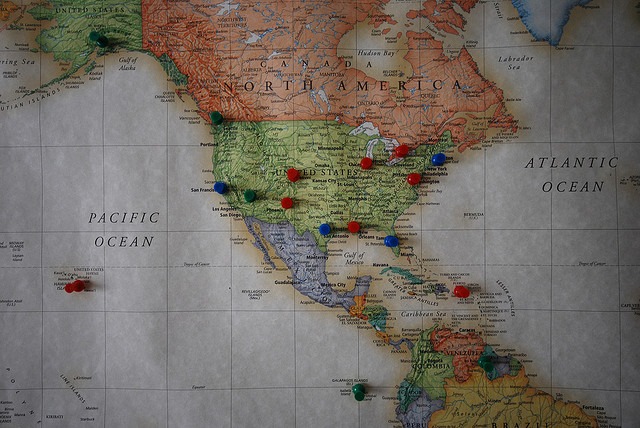
 1. Visit the Chateau Frontenac, a grand hotel located in Quebec City, Quebec, Canada, overlooking the St. Lawrence River.
1. Visit the Chateau Frontenac, a grand hotel located in Quebec City, Quebec, Canada, overlooking the St. Lawrence River. 2. Visit the CN Tower, a communications and observation tower in Downtown Toronto, Ontario, Canada. It’s Toronto’s tallest and most defining landmark. Soar up to 342 m (1,122 feet) and you’ll arrive at the outdoor observation deck which gives you great views of the city. Stand on the glass floor–the first of its kind–which lets you look all the way down to street level.
2. Visit the CN Tower, a communications and observation tower in Downtown Toronto, Ontario, Canada. It’s Toronto’s tallest and most defining landmark. Soar up to 342 m (1,122 feet) and you’ll arrive at the outdoor observation deck which gives you great views of the city. Stand on the glass floor–the first of its kind–which lets you look all the way down to street level.  3. Visit Parliament Hill, in Ottawa, Ontario, Canada. It’s a Gothic revival suite of buildings sitting atop the Hill and overlooking the Ottawa River. The complex serves as the home of the Parliament of Canada.
3. Visit Parliament Hill, in Ottawa, Ontario, Canada. It’s a Gothic revival suite of buildings sitting atop the Hill and overlooking the Ottawa River. The complex serves as the home of the Parliament of Canada. 4. Visit the Golden Gate Bridge in San Francisco, California, US. This Art deco bridge, which is 1.7 miles long and is easily identified by its orange color, connects San Francisco to California’s northern counties. It opened in 1937 and is a magnificent monument set against a beautiful backdrop.
4. Visit the Golden Gate Bridge in San Francisco, California, US. This Art deco bridge, which is 1.7 miles long and is easily identified by its orange color, connects San Francisco to California’s northern counties. It opened in 1937 and is a magnificent monument set against a beautiful backdrop. 5. See Mount Rushmore in the Black Hills of South Dakota. It’s a sculpture carved into the granite face of Mount Rushmore. Specifically, it features sculptures of the heads of four United States presidents:
5. See Mount Rushmore in the Black Hills of South Dakota. It’s a sculpture carved into the granite face of Mount Rushmore. Specifically, it features sculptures of the heads of four United States presidents: 6. Climb the Seattle Space Needle, in Seattle, Washington, US. The Space Needle was built for the 1962 World’s Fair; it’s 605 feet (184 m) high and 138 feet (42 m) wide at its widest point. It features an observation deck, as well as the rotating SkyCity restaurant.
6. Climb the Seattle Space Needle, in Seattle, Washington, US. The Space Needle was built for the 1962 World’s Fair; it’s 605 feet (184 m) high and 138 feet (42 m) wide at its widest point. It features an observation deck, as well as the rotating SkyCity restaurant. 7. Visit the Statue of Liberty, New York City, USA. A gift from France, the Statue of Liberty has been standing at the entrance to New York Harbor since 1886. Since then it has welcomed millions of immigrants who reached the United States by sea.
7. Visit the Statue of Liberty, New York City, USA. A gift from France, the Statue of Liberty has been standing at the entrance to New York Harbor since 1886. Since then it has welcomed millions of immigrants who reached the United States by sea. 8. Visit the Hoover Dam, a concrete arch-gravity dam in the Black Canyon of the Colorado River, on the border between the US states of Arizona and Nevada. It’s located just minutes outside of Las Vegas. Recognized as an engineering marvel, it was completed in 1936.
8. Visit the Hoover Dam, a concrete arch-gravity dam in the Black Canyon of the Colorado River, on the border between the US states of Arizona and Nevada. It’s located just minutes outside of Las Vegas. Recognized as an engineering marvel, it was completed in 1936. 9. Visit the Washington Monument, located at the center of the National Mall in Washington, DC, US. The 555-foot, 5-1/8″ obelisk made of marble, granite and bluestone gneiss honors the nation’s founding father, George Washington. It’s one of Washington, DC’s most iconic structures, as well as its tallest. You can even take a tour up to the top of the obelisk.
9. Visit the Washington Monument, located at the center of the National Mall in Washington, DC, US. The 555-foot, 5-1/8″ obelisk made of marble, granite and bluestone gneiss honors the nation’s founding father, George Washington. It’s one of Washington, DC’s most iconic structures, as well as its tallest. You can even take a tour up to the top of the obelisk. 10. See the Kukulkan Pyramid in Chichen-Itza, Yucatán, Mexico. Chichen-Itza is the most important archaeological vestige of the Maya-Toltec civilization in the Yucatán Peninsula (10th-15th centuries). The Kukulkan Pyramid–also known as “El Castillo” (which means the castle)—is one of the undisputed masterpieces of Mesoamerican architecture.
10. See the Kukulkan Pyramid in Chichen-Itza, Yucatán, Mexico. Chichen-Itza is the most important archaeological vestige of the Maya-Toltec civilization in the Yucatán Peninsula (10th-15th centuries). The Kukulkan Pyramid–also known as “El Castillo” (which means the castle)—is one of the undisputed masterpieces of Mesoamerican architecture.























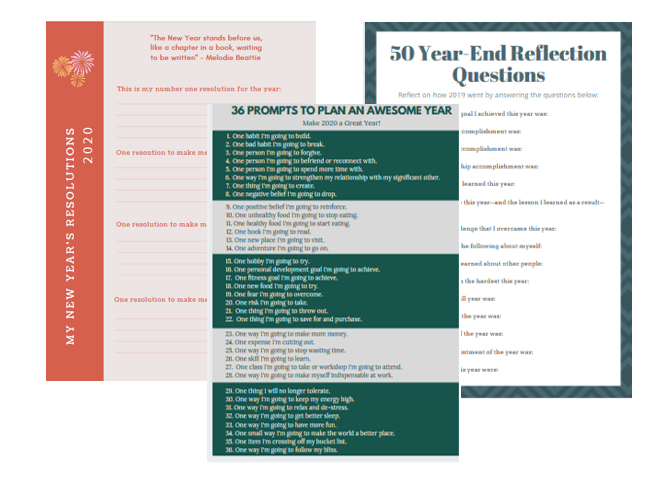




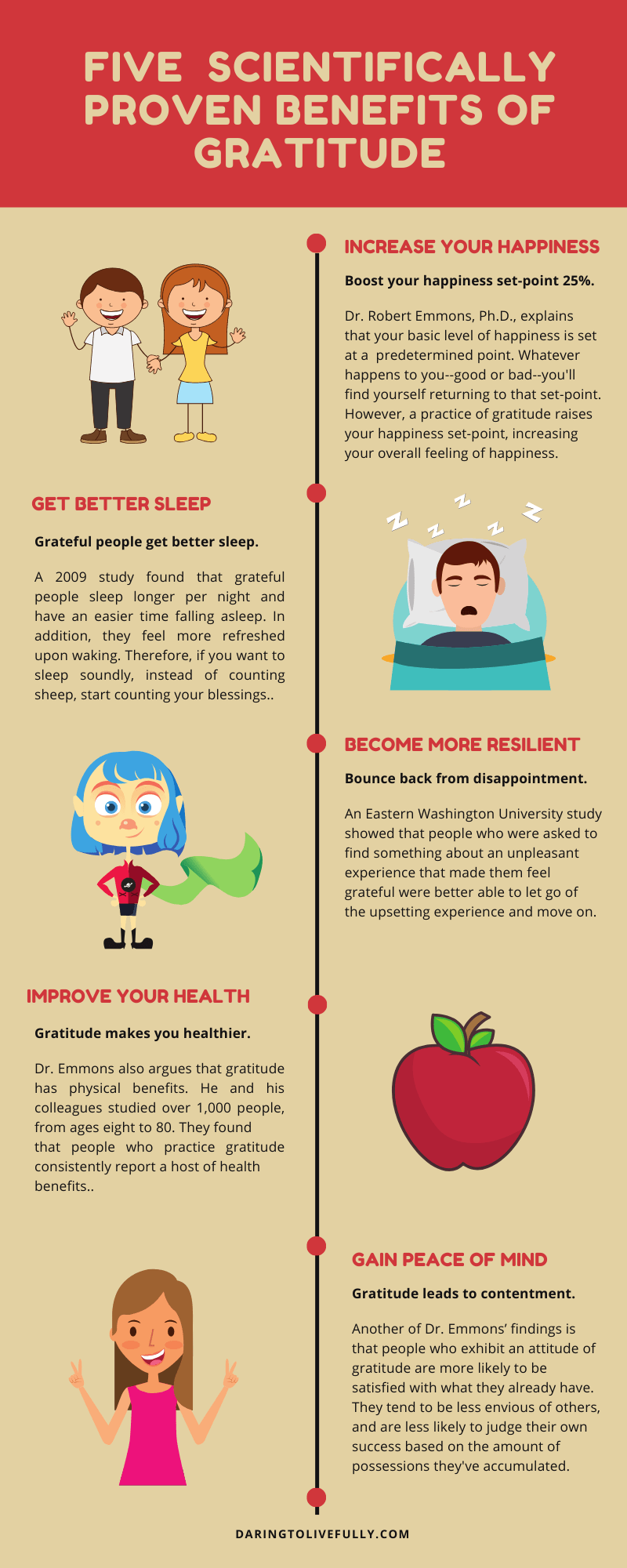
 Marelisa Fabrega is a lawyer and entrepreneur. She holds a Bachelor of Science in Business Administration from Georgetown University in Washington, D.C., as well as a Juris Doctor from the Georgetown University Law Center. You can learn more about her
Marelisa Fabrega is a lawyer and entrepreneur. She holds a Bachelor of Science in Business Administration from Georgetown University in Washington, D.C., as well as a Juris Doctor from the Georgetown University Law Center. You can learn more about her 





